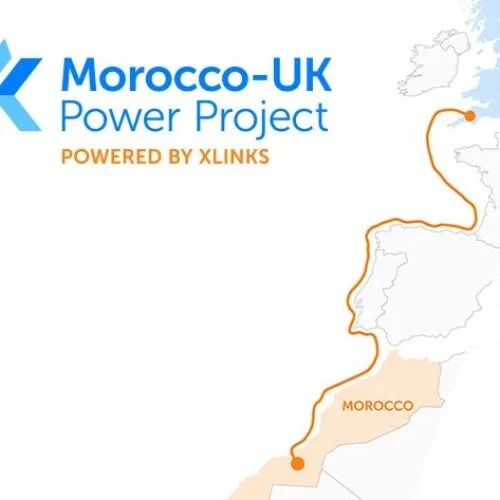The UK’s National Energy System Operator (NESO) has unveiled its Grid Connection Simulation Tool as part of its efforts to increase grid connection speed.
Introduced as part of NESO’s Grid Connect X innovation project, the tool will act as a secure platform for plant owners and consultants to carry out wider system Electromagnetic Transient (EMT) analysis. Previously, sharing grid connection models risked other system users accessing a company’s sensitive data, resulting in complex negotiations around non-disclosure agreements and intellectual property (IP) protection.
The Grid Connections Simulator Tool will streamline grid connection studies by facilitating multi-vendor participation, secure data sharing and reduce reliance on non-disclosure agreements. It will also ensure the confidentiality of wider network data while enabling users to perform system analysis. The tool will use cloud-based power systems computer-aided design (PSCAD) software.
NESO claims the tool has three key benefits for the energy sector: enhanced operational efficiency through EMT models, higher-speed integration of inverter-based resources, and potential savings of up to £15 billion for offshore wind projects by increasing the speed at which they can connect to the grid.
The Energy Networks Association (ENA) states that the project will cost £370,000 and is part of the trade body’s Transmission Owner Tools for Electromagnetic Transient (EMT) Modelling (TOTEM) network innovation.
Digitising the UK power grid
The potential for adverse control interactions between new devices coming online—HVDC links, Flexible AC Transmission systems, switchgear and other renewable energy supportive technology—is rising and needs careful consideration within the context of a potentially weaker power system. A move to developing more detailed EMT-based models is seen as a key way of de-risking the integration of newer technologies.
The UK’s first Energy Digitalisation Strategy, published in 2021, outlined the need for a digitised energy system, stating only intelligent data-based systems can accommodate the influx of millions of new energy flows.
Digitising the grid will, eventually, have to be a nationwide effort: a National Digital Twin was first proposed in a 2017 report published by the National Infrastructure Commission (NIC), seeking to improve the UK’s public sector data sharing.
Global assurance and risk management provider DNV defines a digital twin as “a virtual representation of a system or asset that calculates system states and makes system information available through integrated models and data, with the purpose of providing decision support over its lifecycle.”
At the beginning of the year, National Grid ESO signed a memorandum of understanding (MoU) with the UK government to support the creation of digital twins. Once the creation of NESO was confirmed (initially set to be called the ‘Future System Operator’) the development of digital solutions for grid planning became part of its remit.






